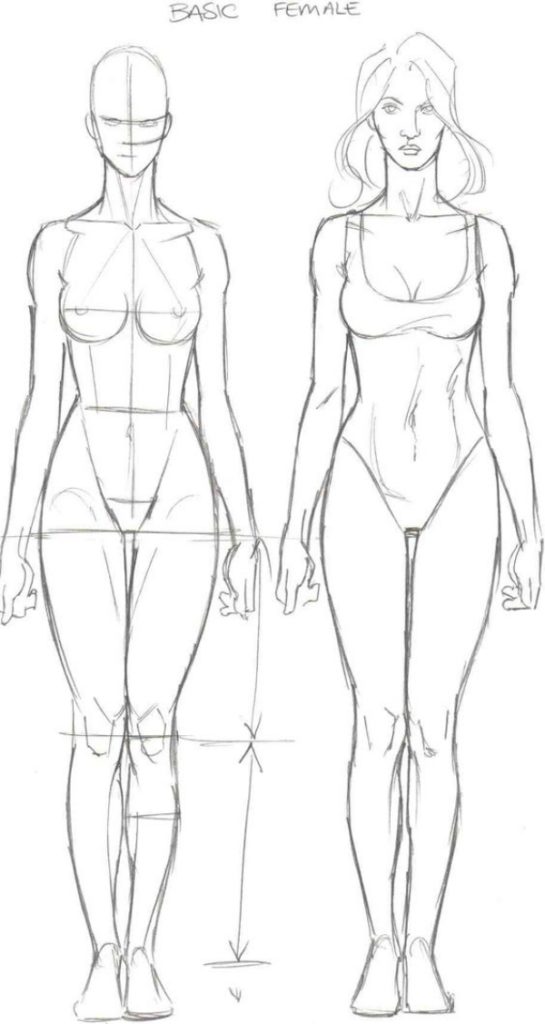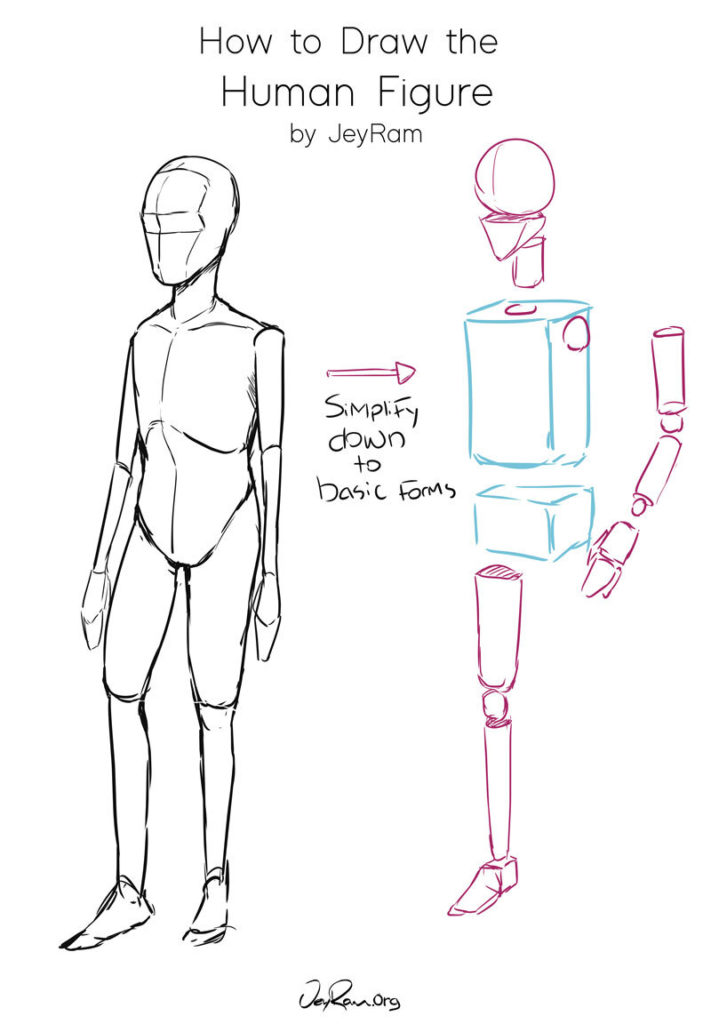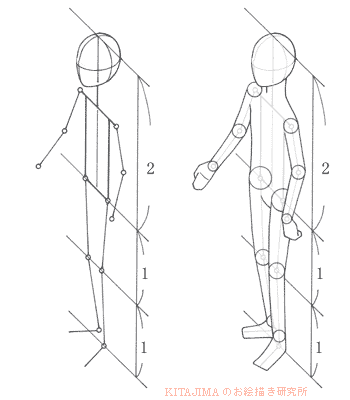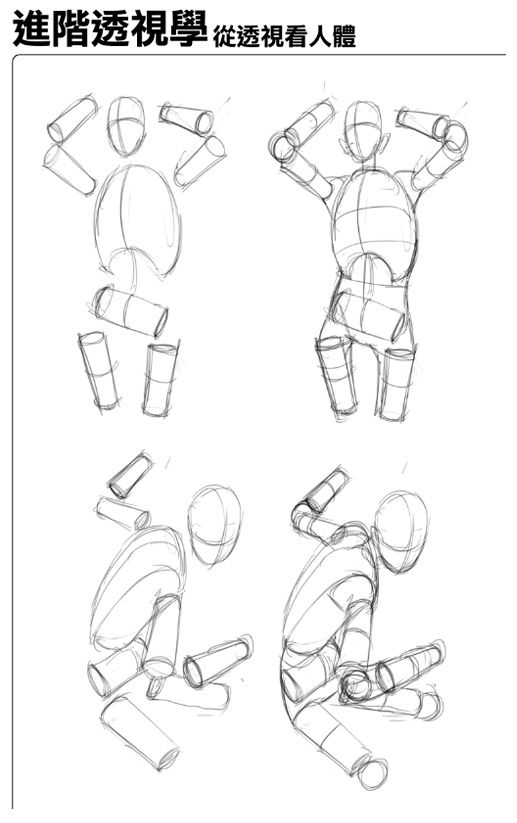How to Draw Figures – Field Trip
How to Draw Figures – Field Trip
A great way to learn how to draw figures, or to improve your approach to drawing is to see the work of other artists. Looking at the figure drawing and painting of other artists allows you to see different styles, different perspectives, different media, and different focuses. You may like what you see, or may not like it – but every opportunity for you to see a new way of drawing can help provide you options for your own work.
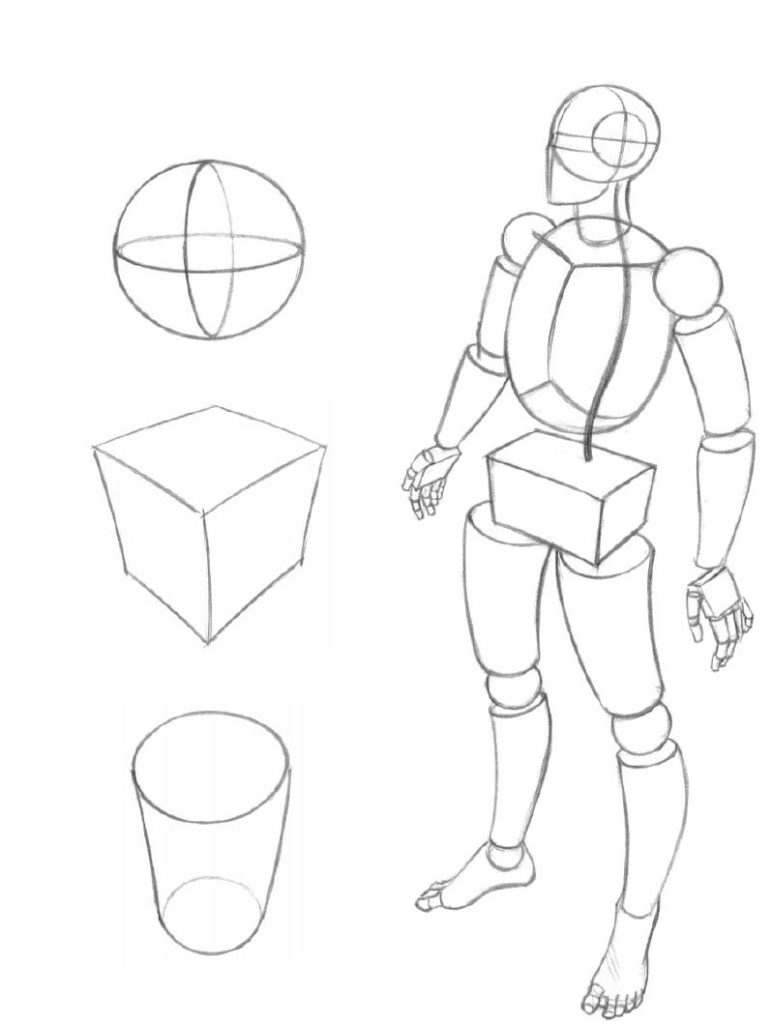
Sydney, Australia has an annual portrait painting prize – the Archibald. This is a popular, well-publicised event that attracts many into the grand building of the Art Gallery of NSW.
I was able to see the exhibition yesterday and came away feeling a little more energised, and wanting to tackle some new work of my own. There were forty-one exhibits. I’ve described below some of my favorites, and what I liked about them or learned from them. Click on the thumbnails to see the Art Gallery of NSW page.
Marcus Callum’s “Portrait of a seated woman” seemed a traditional approach to painting, with a realistic style that could have been executed two hundred years ago. While realistic the style seemed almost muted – compared to other exhibits, there were no clear brush strokes, or startling effect – just the figure shining out of the canvas. The artist had captured a quiet grace in the subject that made this picture stand out for me, good to see the emotion of the figure standing out.
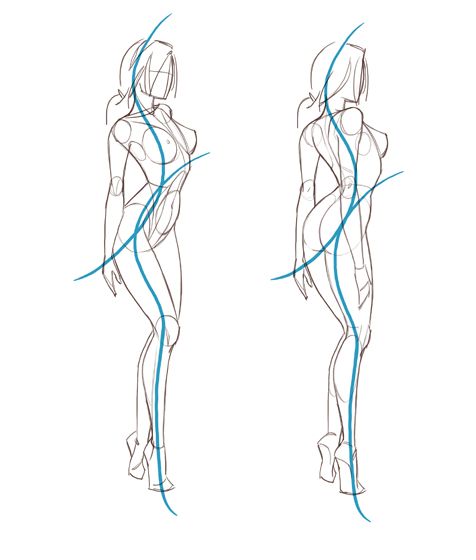
The best picture for me was Adam Chang’s portrait of John Coetzee. This was a huge portrait, something like ten feet wide, hung high and attracting the attention of those at the exhibition. I loved the brushwork of this painting. The choppy, multi-directional blocks of paint that make up the face, stand out against the horizontal strokes of the background. And I liked the approach of using shades of just one colour but filling the whole spectrum of that colour from deep tones to white. I had to keep going back for another look.
Craig Ruddy’s portrait of Cathy Freeman was interesting for its use of alternate media. Part of this was painted on glass suspended over the canvas. The picture seemed to change depending on the distance from it. There was a raw, rough effect which I liked.
The winner of the Archibald prize was Ben Quilty’s portrait of Margaret Olley. A deserving winner, this portrait left me thinking the artist must have spent many hours sketching and preparing. The paint is pasted on in thick patches, leaving a pristine white background to shine through. I felt the artist must have sketched and sketched to have enough familiarity with that face to then paint with such boldness.
Del Kathryn Barton’s “Mother (a portrait of Cate)” is a highly ornamented painting, with a stylised view of the figures. The figures are very expressive nonetheless. I liked also the fine, fine lines on the figures’ skin suggesting (at least to me, perhaps because I draw these sometimes), the edge of a shadow, or a change of tone.
Abdul Abdullah’s portrait of Waleed Aly was striking for its composition, the head placed centrally, with a clear background.
Amanda Marburg’s “DA” was humorous, but still showed a figure with emotion.
The key thing about all my favorite paintings was that they portrayed the figure’s emotion. They portrayed people, not just figures. Whether they were realistically drawn or sketched roughly, the person and their feelings shone through. That’s something I’d like to get better at in my own drawing.
